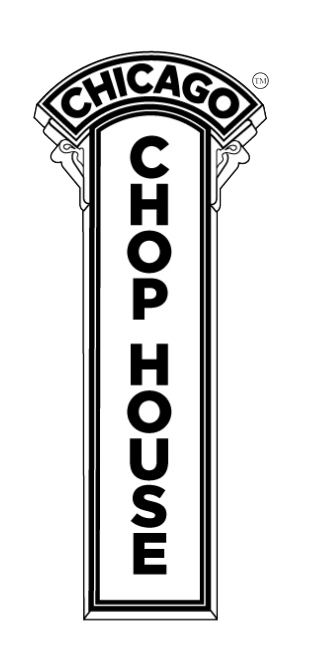FAQs
Navigating a steakhouse menu can be intimidating. You know there are no “bad” choices but you want to make the choice that is best for you. With that in mind, here’s a little help to make the decision easier.
What is the Dress Code?
We recommend casual business attire.
Is there a Bottle Corkage Fee?
$25 – we will require a corkage fee for wines we have on our list.
What is the difference between a Chop House and a Steakhouse?
The answer to this is really the difference between a steak and a chop. A steak is a slice of beef and a chop is a cut of meat (often containing a section of a rib). Both a Chop House and a Steakhouse specialize in steaks and chops as well as other cuts of pork, poultry, veal, lamb and seafood.
What are the cuts of meat?
Filet: The tenderloin has an oblong shape that is located right between the sirloin and short sirloin area of the cow. Because there isn’t much marbling, it is incredibly lean and naturally tender and is one of the most expensive cuts.
New York Strip: This comes from the short loin of the cow. It is a moderately tender cut with fat marbling. It is leaner than a filet cut at some parts and has significantly more fat content in others. It has a fine-grained texture and is a very popular cut due to it prominent beefy flavor.
Delmonico: A boneless ribeye named after the famous 19th-century restaurant named “Delmonico Restaurant”, which was situated in New York City. It can include various cuts of the cow versus the rib meat of the cow in the ribeye. It is tough but with proper marinating becomes very flavorful and tender.
Kansas City Strip: This juicy cut comes from the most tender section of beef: the short loin. It has a small portion of the bone still attached as well as a thin strip of fat. Known for its robust flavor and tenderness. It is named for the city from which it originated.
Ribeye: This comes from the rib sections. It is a very flavorful cut that boasts fat marbling and a buttery flavor. Chosen for its taste and tenderness, it has the most fat compared to other cuts which is where it gets its tenderness from.
“Tomahawk” Ribeye: It is a cut of beef ribeye that has five or more inches of extra rib bone for presentation purposes. It is called a “tomahawk” cut because the steak with the long bone resembles a single-handed axe. This particular cut of steak is also referred to as the “cowboy steak” or a “bone-in ribeye.”
Porterhouse: The Porterhouse and the T-Bone are similar steaks and only differ in size. Both cuts have two very different types of steak including a New York Strip steak as the smaller cut and a larger filet mignon on the other end. The T-Bone is a little smaller than the Porterhouse. You can get the best of both worlds with these options.
Prime Rib: This is also known as a standing rib roast. Desired portions are cut from this. It has a large “eye” of meat in the center, which is juicy, tender and marbled with fat. It is tender, juicy and extremely flavorful.
What is the difference between wet-aged and dry-aged steak?
Dry-aged steak: This is beef that has been hung or placed on a rack to dry for several weeks after cleaning. Only higher grades of meat can be dry-aged as this requires meat with a large, evenly distributed fat content. The key effect is the concentration and saturation of the natural flavor as well as the tenderization of the meat texture. There is a roasted, nutty flavor.
Wet-aged steak: The beef has typically been aged in a vacuum-sealed bag to retain its moisture. This is the dominant mode of aging beef in the U.S. today. This process takes about 4 to 10 days. The meat is tender with a fresh, traditional flavor, a bonus to steak lovers who prefer their meat newly harvested.
What is Linz Heritage Angus Beef?
The Chicago Chop House proudly serves Linz Heritage Black Angus Beef which is locally-sourced in the Midwest and sustainably raised. It is cut in-house to ensure every steak is a prime cut.
What is Wagyu beef?
It is also known as American-style Kobe beef and is the result of cross-breeding Japanese Wagyu cattle with continental breeds of cattle. American Wagyu is prized because of its intense marbling and high percentage of intramuscular, unsaturated fat. This makes it incredibly tender with a soft, buttery flavor
What are the different qualities of meat?
Prime *** (which the Chicago Chop House is proud to serve)
Young, well-fed cattle
Tender, juicy, flavorful
Fine texture
Abundant marbling
Only 2 – 3% of all beef can be labeled USDA Prime.
Choice **
Tender, juicy, flavorful
Coarse Texture
Some marbling
Select *
Lean and uniform
Tough with less juiciness and flavor
Coarse texture
Sparse marbling
